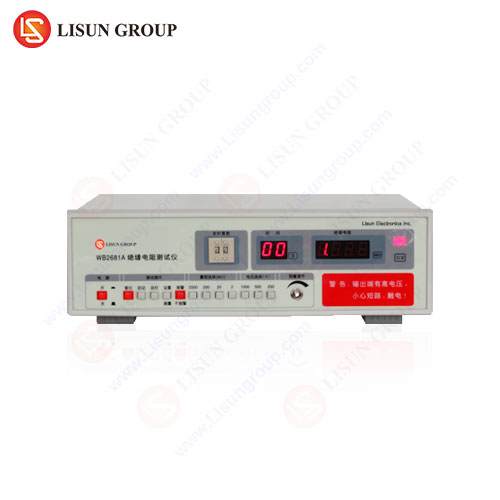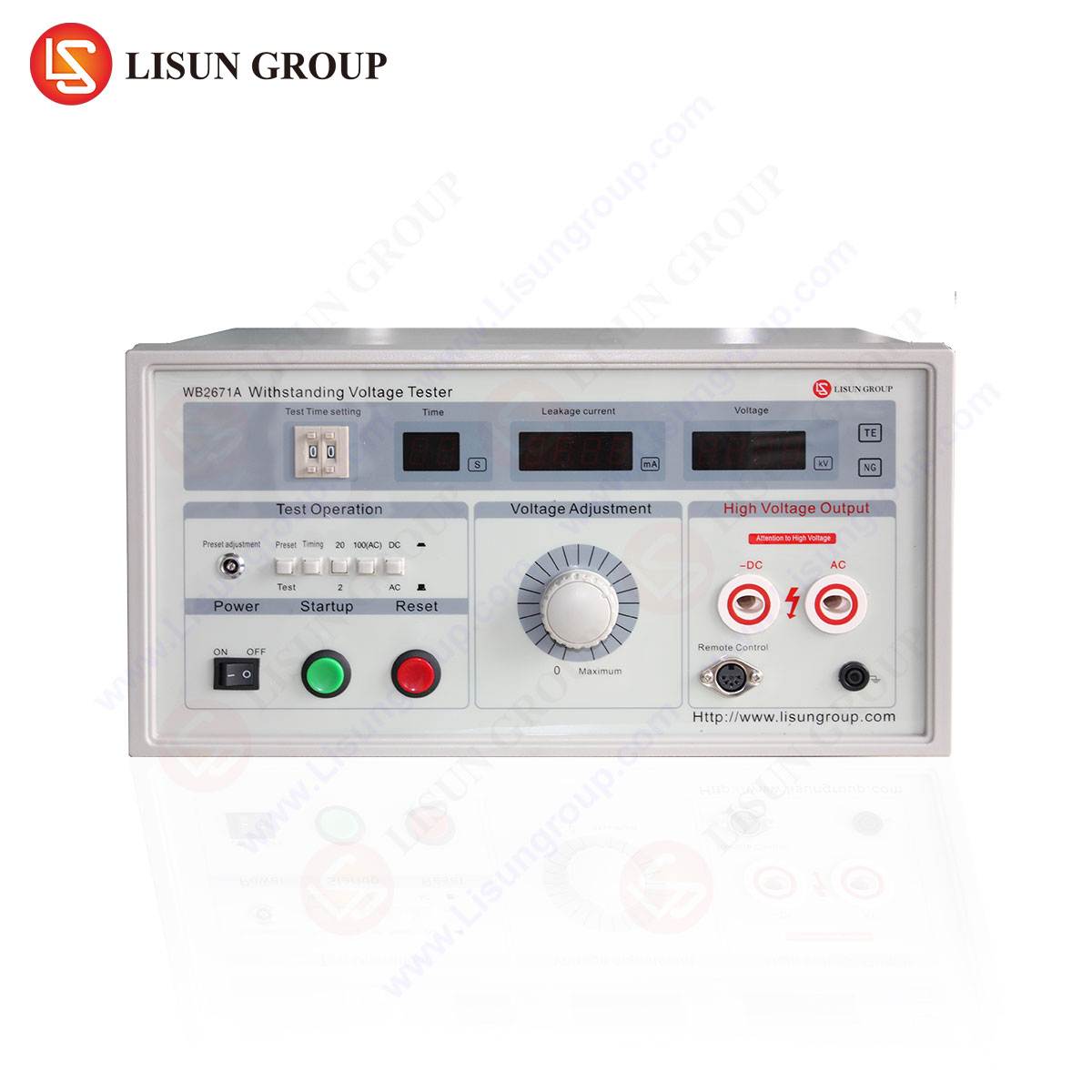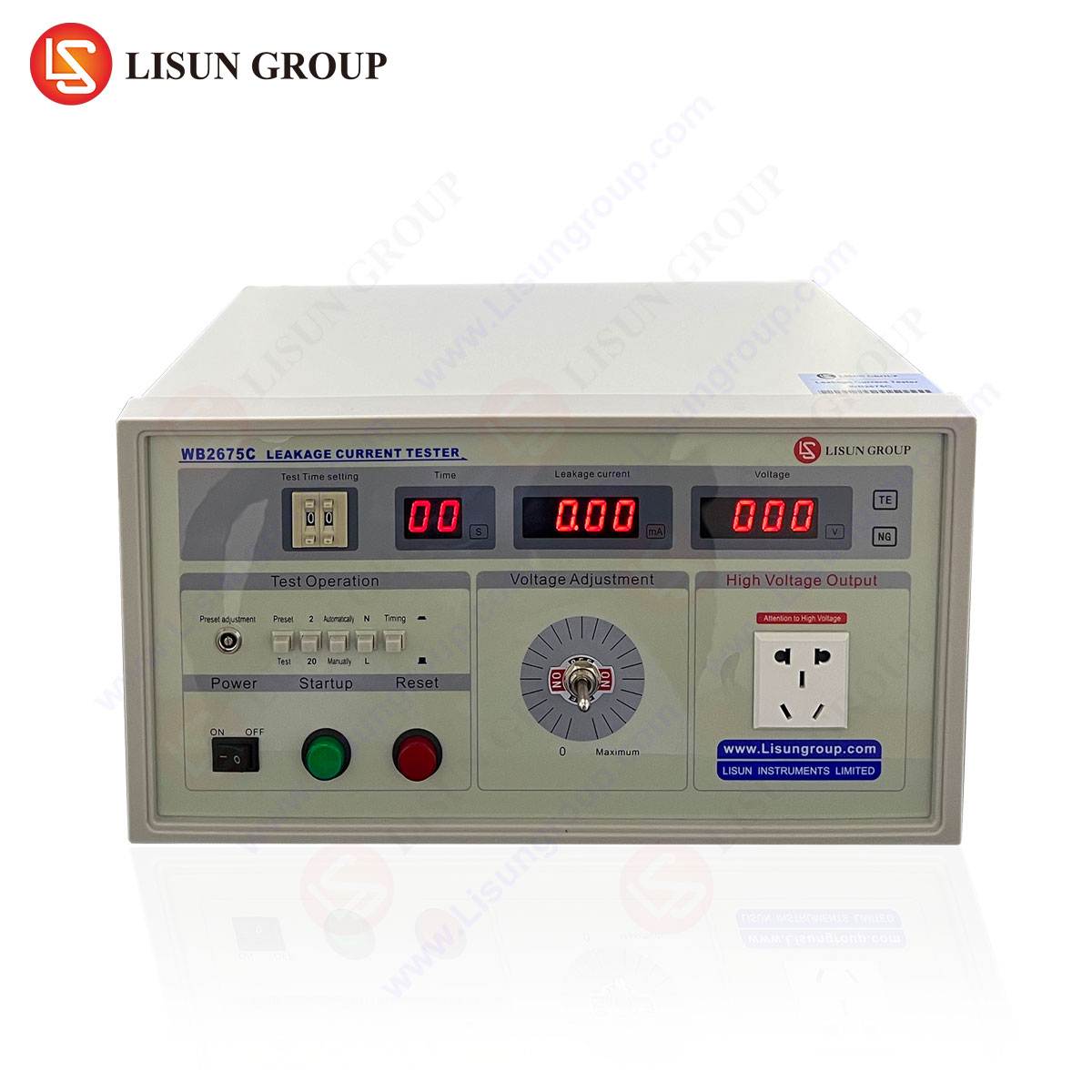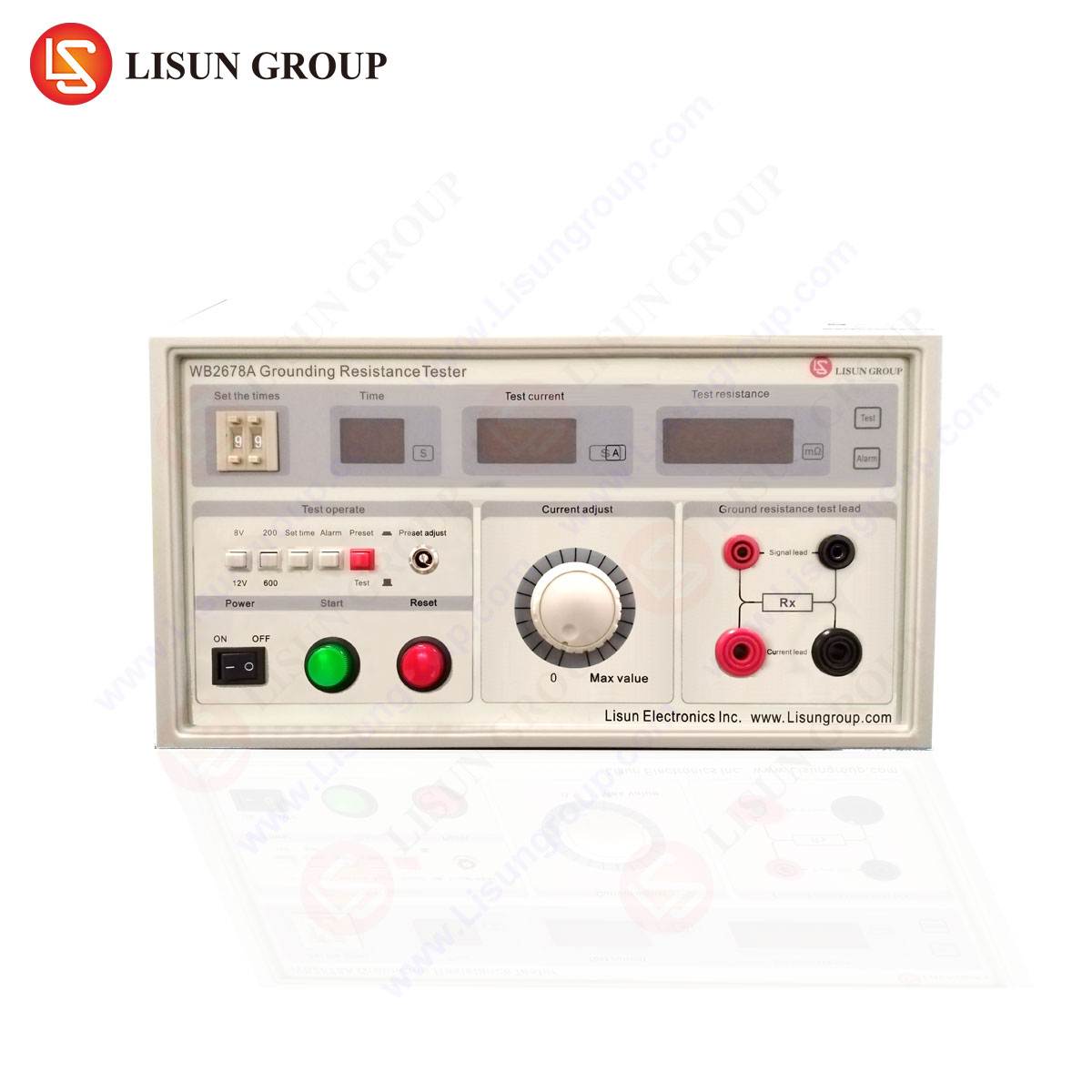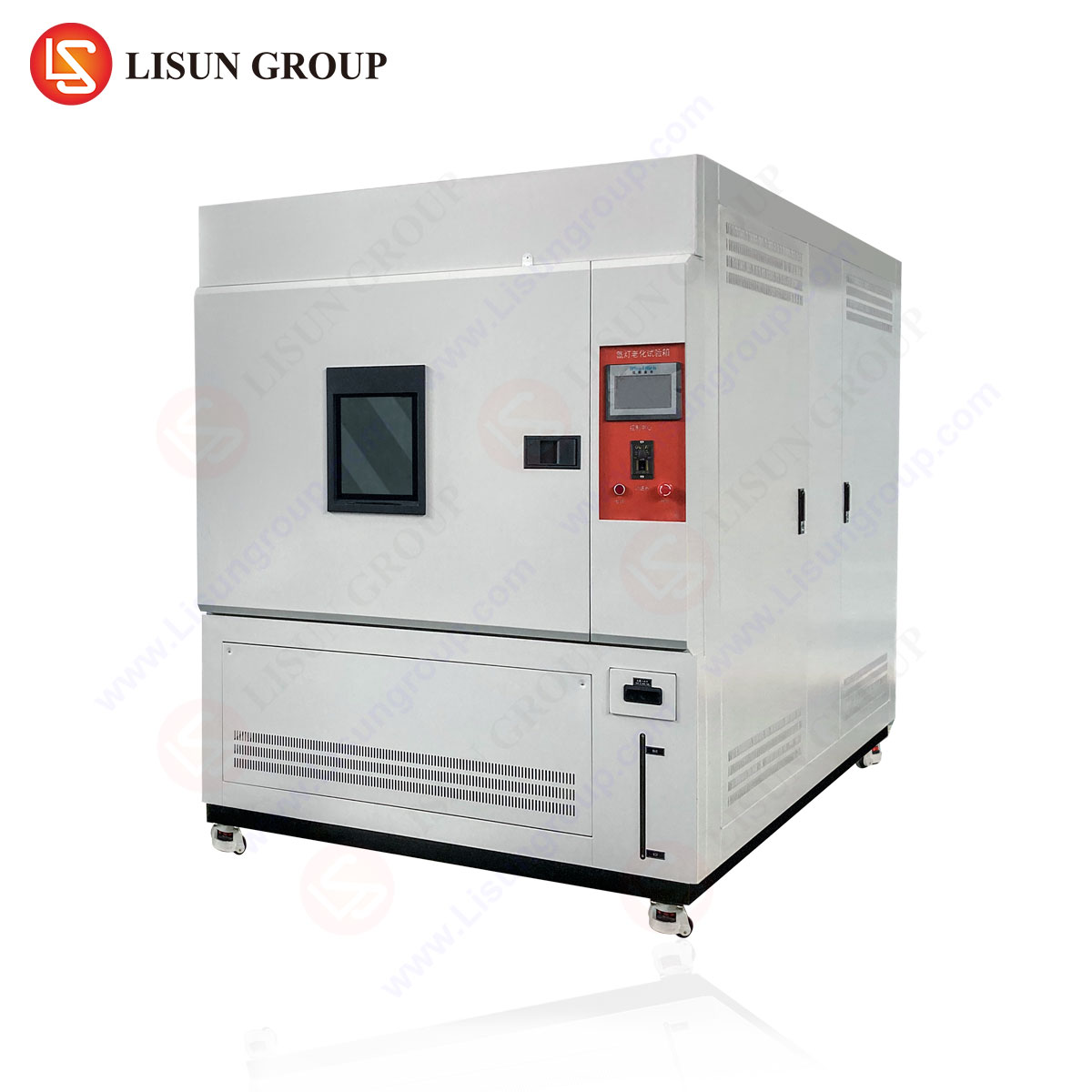The Fundamental Role of Gloss Measurement in Industrial Quality Control
Gloss, defined as the visual perception of surface reflectance, plays a critical role in product aesthetics, functionality, and compliance with industry standards. In sectors such as automotive electronics, consumer appliances, and aerospace components, surface finish directly impacts perceived quality, durability, and even performance. Gloss testers, or gloss meters, quantify this attribute by measuring the amount of light reflected at specified angles, providing objective data to ensure consistency across production batches.
O AGM-500 Medidor de brilho from LISUN exemplifies precision instrumentation designed for rigorous industrial applications. Its adherence to ISO 2813, ASTM D523, and ASTM D2457 standards ensures compatibility with global quality assurance protocols. By leveraging advanced photodetectors and calibrated light sources, the device eliminates subjective visual assessments, replacing them with repeatable, quantifiable metrics.
Optical Principles and Measurement Methodologies
Gloss measurement relies on the principle of specular reflection, where incident light strikes a surface at a fixed angle, and the reflected light intensity is measured. The AGM-500 employs three measurement angles—20°, 60°, and 85°—to accommodate varying gloss levels:
- 20°: Optimized for high-gloss surfaces (e.g., automotive coatings, polished metals).
- 60°: A universal angle suitable for semi-gloss finishes (e.g., plastic housings, painted appliances).
- 85°: Designed for low-gloss or matte surfaces (e.g., textured industrial controls, anti-glare panels).
The device utilizes a tungsten halogen lamp with a spectral range of 400–700 nm, closely mimicking CIE illuminant C, to ensure accurate color rendering. A high-sensitivity silicon photocell captures reflected light, converting it into a gloss unit (GU) value traceable to NIST standards.
Key Specifications of the AGM-500 Gloss Meter
| Parâmetro | Especificação |
|---|---|
| Faixa de medição | 0–2000 GU (angle-dependent) |
| Precisão de medição | ±1.0 GU (for standards ≤100 GU), ±1.5% (for standards >100 GU) |
| Repetibilidade | ±0.2 GU (≤100 GU), ±0.5% (>100 GU) |
| Measurement Spot Size | 10 × 10 mm (20°), 9 × 15 mm (60°), 5 × 36 mm (85°) |
| Conformidade | ISO 2813, ASTM D523, ASTM D2457, DIN 67530 |
These specifications make the AGM-500 suitable for applications requiring stringent tolerances, such as medical device coatings or aerospace interior panels, where surface uniformity is non-negotiable.
Industry-Specific Applications of Gloss Testing
Componentes electrónicos e interiores para automóveis
In automotive manufacturing, gloss consistency ensures seamless integration of dashboards, touchscreens, and trim components. The AGM-500 verifies anti-reflective coatings on display panels and evaluates the durability of UV-resistant finishes under accelerated aging tests.
Electrodomésticos e eletrónica de consumo
High-gloss finishes on refrigerators, smartphones, and televisions demand precise quality control. Variations exceeding ±2 GU are often visually detectable, necessitating real-time monitoring during production. The AGM-500’s rapid sampling rate (1.5 seconds per measurement) supports high-throughput inspection lines.
Dispositivos de iluminação e componentes ópticos
Diffuse reflectance in LED housings or lens covers affects light distribution efficiency. By quantifying surface gloss, manufacturers optimize diffusion patterns while maintaining aesthetic uniformity.
Dispositivos médicos e superfícies sanitárias
Matte finishes on surgical instruments or MRI casings reduce glare in clinical environments. The AGM-500’s 85° angle validates low-GU coatings without compromising sterility or cleanability.
Competitive Advantages of the AGM-500 in Industrial Environments
- Multi-Angle Versatility: Unlike single-angle gloss meters, the AGM-500’s tri-angle design accommodates diverse materials without requiring instrument swaps.
- Environmental Robustness: With an operating temperature range of 0–50°C and 85% RH non-condensing, it performs reliably in humid production floors or cold storage facilities.
- Data Traceability: Integrated memory stores up to 2,000 datasets, facilitating batch analysis and compliance reporting for ISO audits.
Calibration and Maintenance Protocols
To maintain accuracy, the AGM-500 requires periodic calibration using certified reference tiles. Zero-point calibration compensates for ambient light interference, while span calibration adjusts sensitivity using high-gloss standards. LISUN provides NIST-traceable calibration kits, ensuring long-term measurement integrity.
Integration with Automated Quality Assurance Systems
The AGM-500’s RS-232 and USB interfaces enable seamless integration into Industry 4.0 frameworks. In automotive electronics production, for instance, gloss data can trigger automated adjustments in spray-coating robots, reducing material waste.
Perguntas frequentes
Q1: How does temperature affect gloss measurements?
Thermal expansion can alter surface topography, leading to gloss variations. The AGM-500 compensates via temperature-stabilized optics, but testing should occur in controlled environments (±5°C of standard conditions).
P2: O AGM-500 pode medir superfícies curvas?
Small radii (<5 mm) may distort the measurement spot, yielding unreliable data. For convex/concave components, use a fixture to ensure perpendicular incidence.
Q3: What is the typical lifespan of the halogen lamp?
Approximately 100,000 measurements. The AGM-500 alerts users when lamp intensity degrades beyond tolerances.
Q4: How does surface texture influence gloss readings?
Textured surfaces scatter light, reducing specular reflection. The 85° angle mitigates this by capturing diffuse reflectance.
Q5: Is the AGM-500 suitable for transparent materials?
No—gloss meters require opaque surfaces. For transparent films, use a spectrophotometer with haze measurement capabilities.
By addressing these technical nuances, the AGM-500 establishes itself as an indispensable tool for industries where surface quality directly correlates with product performance and consumer satisfaction.


